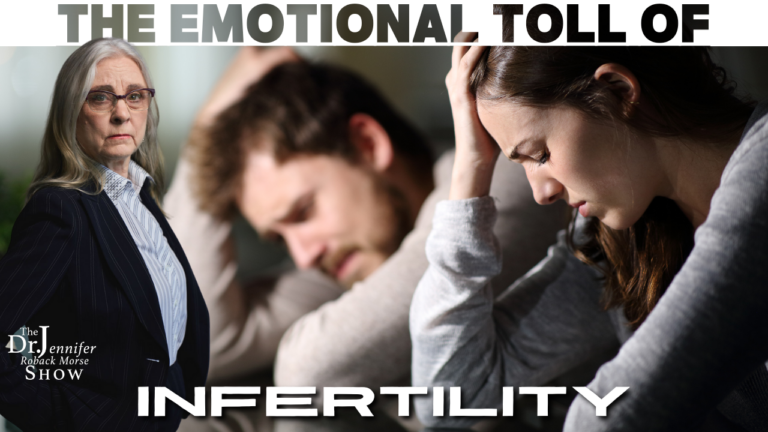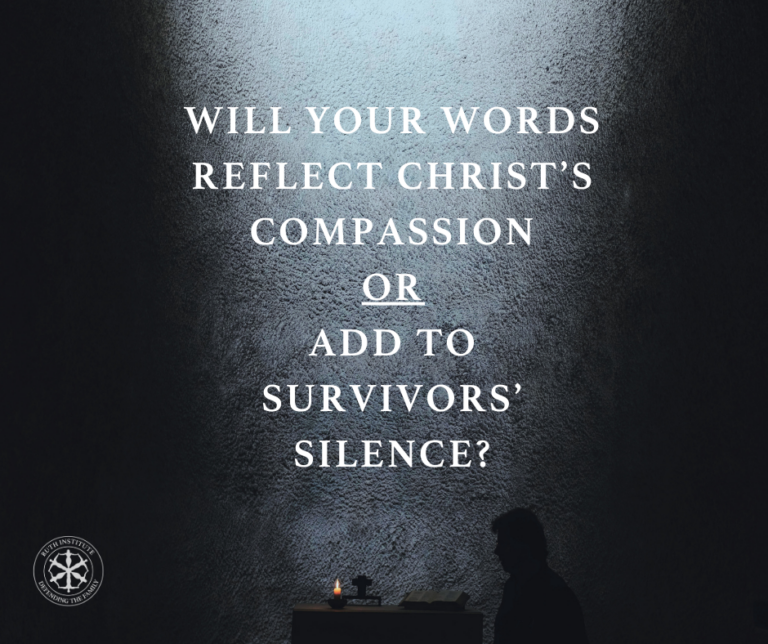By Jennifer Roback Morse Published on January 29, 2017, at stream.org.
Life-long married love benefits children. Why then, is our government creating incentives for parents to not marry? Poor children need their own parents
and a stable family life every bit as much as children of the middle and upper classes.
If you are not sure about the benefits of life-long married love for children, let me tell you about Gina. I encountered her when I was a foster parent.
When I met Gina, she was 12 years old and was transitioning from a group home into a foster home. She was intelligent and pretty and articulate.
Gina’s Story
Gina’s mother and father had not married each other. Her mother developed a drug problem and disappeared. Her father took full responsibility for Gina.
Eventually, he met another woman, fell in love, and married her. They had a child together.
Gina was jealous of the new wife and the new baby. Her father and stepmother were afraid to leave her unattended in the same room with the baby, for fear
she would hurt the baby. In fact, she did try to hurt the baby.
One day, Gina provoked a quarrel with her stepmother. She got so frustrated she shoved Gina, who called the police. The stepmother knew she shouldn’t have
done it. But Gina was in no real danger: she called the police out of spite. The stepmother spent a few days in jail. Child protective services put
Gina in a group home.
Her father was heartbroken. He loved Gina and was really trying to take care of her. But she was a risk to the baby. And she got her stepmother arrested.
In the meantime, Gina’s maternal grandparents came to visit while she was in foster care. They wanted to get custody and take her home. They were heartbroken
that their own daughter had gone off the rails so badly that she was not taking care of her own child. Although they had had little relationship with
Gina, they were worried about Gina being in foster care and a group home.
They just wanted their granddaughter to be with them. Perfectly understandable, and laudable. We would want all grandparents to feel that way. Just one
problem: Gina’s father did not want them to take Gina off to another state.
Nothing completely takes the place of a loving stable relationship between a child’s own parents.
So, let’s look at the scorecard. A heartbroken father, who can barely keep his wife and daughter from fighting, and who cannot be sure that his infant
is safe from his 12-year-old daughter. A pair of heartbroken grandparents who want some relationship with their granddaughter. A stepmother who fears
for her child’s safety and who fears being set up by the stepdaughter.
And one deeply disturbed little girl. Angry, lonely, manipulative. Gina was deeply in need of unconditional love, and yet almost completely incapable of
receiving the love people tried to offer her.
This blended family is innocuous by modern standards. Gina had had only two “family transitions”: the first when her mother abandoned the family, the second
when her father got married. The father was free to marry, even by the strictest Roman Catholic standards, since he had never been married to Gina’s
mother in the first place. Everyone was sincerely trying to do the right thing for Gina. The family was not desperately poor. There was no hostility
or quarreling between the biological parents.
Yet, there is still no solution to Gina’s situation. Nothing completely takes the place of a loving stable relationship between the child’s own parents.
So, yes, kids really do need their own parents.
How the Government Undermines Marriage Among the Poor
Now: is the government in fact undermining marriage among the poor? Consider these facts from the Institute for Family Studies,
as of 2010:
- Among high school drop outs, 83% of firstborn children are born outside of marriage. In 1970, only 33% of their first births were out of wedlock.
- For women with a high-school degree and maybe some college, 58% percent of their firstborn children are born out of wedlock. In 1970, only 12% of their
first births were out of wedlock. - Most college-educated women continue to get married before becoming mothers. Only 12 percent of first births to college educated women are out of wedlock.
Out of wedlock births are significant because the mothers so frequently have their next child with a different partner. This places the first child in
a situation like Gina’s, with all the accompanying risks and complications.
What accounts for this overall trend and these class distinctions? Part of the answer, surely, is that some of the most significant income support programs
have significant marriage penalties. People in these situations are better off cohabiting, or not living together at all, rather than getting married.
A report from the Urban Institute focuses on the Earned Income Tax and Child Tax Credits. A report from the American Enterprise Institute examines Medicaid, SNAP (Supplemental Nutrition Assistance Program, the new name for food stamps) and TANF, (Temporary Assistance for Needy Families.)
The widespread perception that marriage puts one’s benefits at risk may be driving behavior more than the actual details of the program.
The AEI report focuses on families with at least one child aged two or younger, in other words, the men and women most likely to be new parents and to
be considering whether to marry. The poorest of the poor are less likely to be affected by marriage penalties. Many of the lowest income people qualify
for benefits whether they marry or not. But even among the lowest income quintile, two-thirds of the lowest income quintile will likely face a marriage
penalty for SNAP, TANF or Medicaid.
The situation is even worse for the working poor, with slightly higher incomes. People closer to the eligibility threshold can face substantial losses
in family income if they marry. Among the middle quintile, three quarters face a marriage penalty for SNAP, TANF or Medicaid. And among those in the
second lowest quintile, fully 87% of the families would face a reduction in benefits if they married.
Perhaps even more importantly, the AEI report found that about 30% of Americans personally know someone who did not marry due to fear of losing the benefits.
This widespread perception that marriage puts one’s benefits at risk may be driving behavior more than the actual fine-grained details of the program.
The Federal government’s programs for poor relief undermine the ability of the poorest people in society to get married and stay married. This has got
to stop.
Now is the Time to Do Something About the Marriage Penalties
Scholars and analysts across the political spectrum are aware of this problem. They only disagree about how significant it is. Analysts at the liberal
end of the spectrum probably fear that removing the marriage penalties won’t do much. Those at the conservative end may fear that removing the marriage
penalties would cost too much. But both these fears cannot be true. So, let’s spend the money it takes to remove the marriage penalties. If these penalties
only affect a few people, it won’t cost much to remove them.
Social conservatives have the ear of the current Administration. Now is a good time to recruit scholars and analysts from the American Enterprise Institute,
the Heritage Foundation, the Urban Institute and Brookings, and do something about the marriage penalties.
Together, they could come up with something. We owe it to the least among us to stop undermining the formation and stability of their families.



